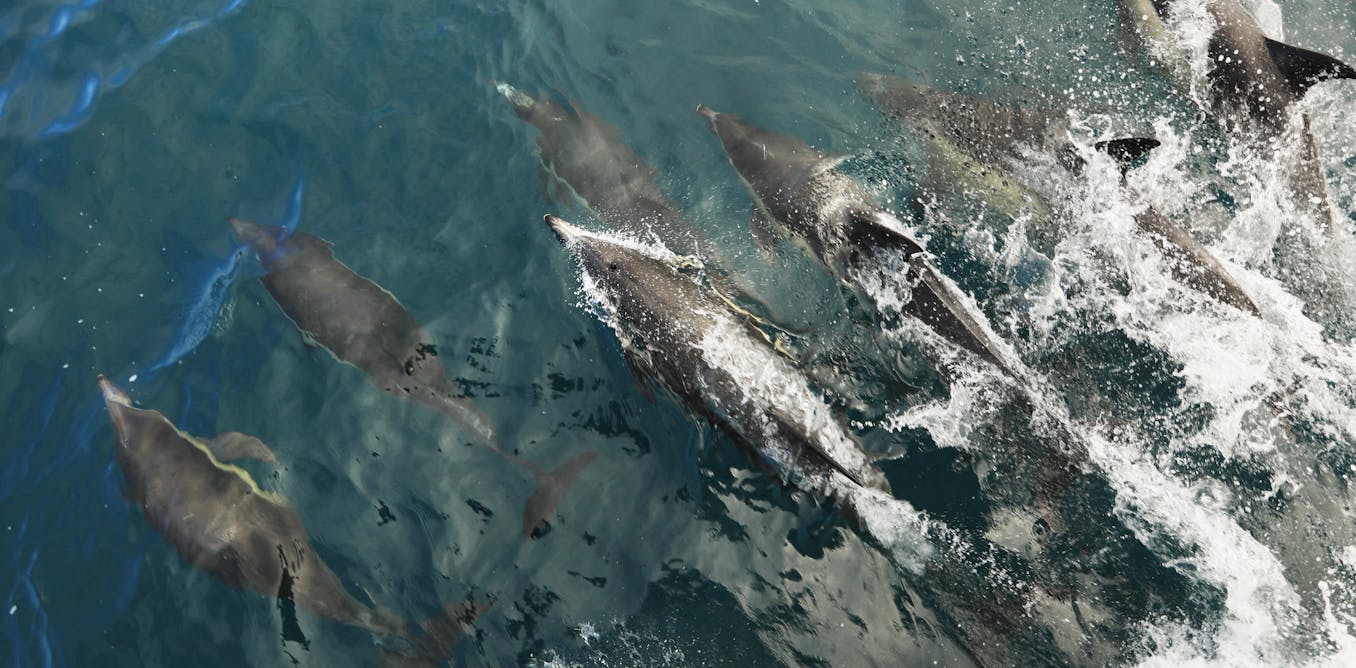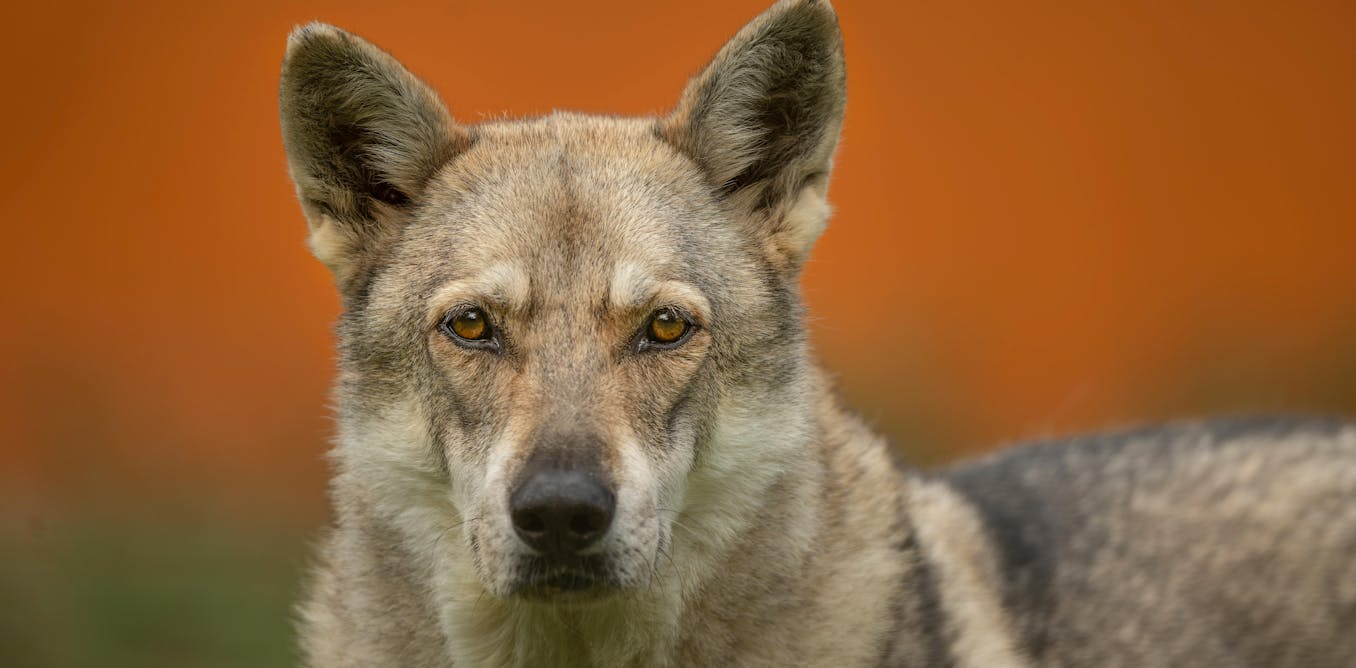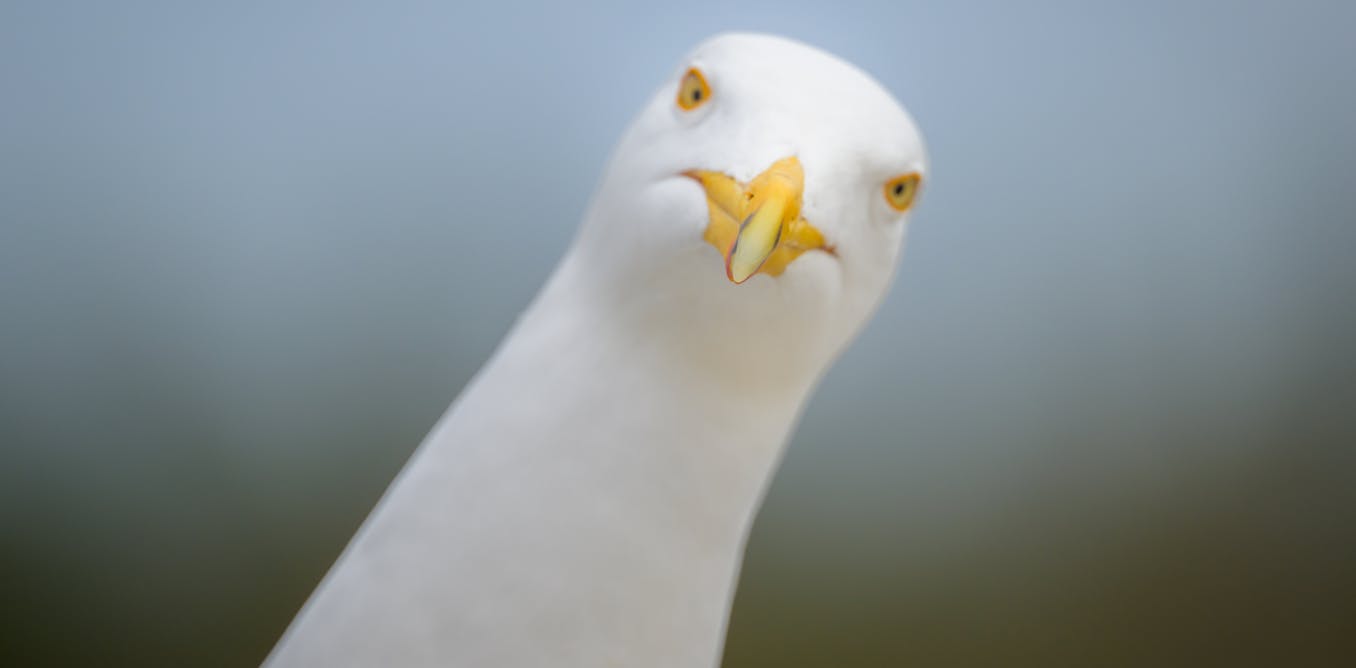Dog sports aren’t just a way to add exercise to your best friend’s life. They’re also mentally stimulating, lots of fun, and great for bonding. What’s not to love?
Dog sports are among the fastest growing obsessions among dog lovers. Not only are they a lot of fun and a great opportunity for you and your dog to get fit and connect with each other on a new level, but they’re also an enjoyable way to meet other like-minded dog people. There’s no time like the present to explore your options and get involved in a sport you and your best friend can enjoy together.
GETTING STARTED
The first step is to understand your dog and find a sport that might be most suitable for his breed or mix of breeds. Canine sports range from those that require specialized training to activities your dog can do naturally. Research your breed, find what they naturally do “for a living”, and keep that in mind when picking a sport.
If you have a herding breed such as a border collie or Australian shepherd, for example, herding might be something to explore, although it doesn’t mean herding is the only thing you should look at. Key competitors in many agility trials and flyball tournaments are also border collies, most of whom have never met any sheep. As long as your dog is physically able to do the activities required in a particular sport, there is no reason not to give it a go. Even toy breeds can get involved and are often seen scaling A-frames on agility courses.
Hint: Before beginning any canine sport, have your vet give your dog a complete physical check-up.
CONSIDER YOUR DOG’S PERSONALITY
You’ll also need to look at your dog’s personality. Some dogs are more difficult to motivate, but do well when given a chance. I have seen many dogs start slow in agility, but although they take longer than others to get the hang of it, they all seem to benefit in the long run. In fact, it’s often suggested that under-confident dogs get into a sport like agility to help them realize their own potential.
Of course, there are dogs at the other end of the scale, those over-the-top canines who love to feel the wind beneath them as they make their way around the obstacle course or leap to catch flying balls or discs. These dogs need to do sports. By getting them involved in an activity where they can exercise their bodies and mental abilities, their human families are able to channel that excess energy into something positive.
PICKING AN ACTIVITY
Once you’ve determined what your dog is capable of, you can decide which activity to focus on. This means picking something you like as well, since the sport should be enjoyable for both of you.
Hint: It’s a good idea to attend a variety of different sporting events as a spectator first, to get a feel for what’s involved.
Obedience: Many years ago, competitive obedience was one of the only sports you could do with your dog. This is an obedience trial where you are tested on a set of rules. Many people buckle under the stress while being tested, and that in turn can trickle down and affect the relationship they have with their dogs. I would encourage you to do some type of obedience work, but perhaps rally obedience is a good first goal. In rally, unlike competitive obedience, you can use your voice to encourage your dog, and there are allowances made for beginners with regards to precision. Even food can be used as a reward during the trial. Rally obedience allows people to work towards a goal, have fun while they do it, and still get a title in obedience. Once you have mastered rally, it might then be time to take a whirl at competitive obedience.
Agility: This is one of the most popular canine sports. In agility, you direct your dog around a course of jumps, ramps, tunnels and other obstacles. Your dog’s performance is evaluated by how quickly and accurately he gets through the course. Agility requires considerable training, since you aren’t allowed to touch the dog or the obstacles during the run, but must rely on verbal commands and body signals to guide him.
Flyball: This sport is like a relay race with a team of dogs. The dogs take turns clearing a series of hurdles in order to retrieve a ball that has been shot from a spring-loaded box. The first team to have all dogs run without any errors wins the heat.
Disc dog: As the name suggests, this sport involves throwing Frisbee-like discs to the dog. Seasoned disc dog athletes take part in distance catching and choreographed freestyle events involving flips, vaults and multiple catches.
IN TRAINING
Once you’ve decided on an activity, check the entry requirements. Then, find a trainer who can take you through the steps or refer you to a club or association where you can get more information (see sidebar on previous page). Make sure your instructor is qualified. There isn’t a piece of paper that will give qualifications, but someone who competes in the sport is a good choice. He/she will also be an excellent source of information about new training methods and upcoming trials. You want your instructor to be “in the loop”.
Hint: Patience is never more needed than when training for a canine sport. Imagine if you were being taught how to golf by someone who didn’t speak English and got annoyed the moment you didn’t understand his direction.
Although we can all get frustrated when showing our dogs a new skill, the goal should always be to teach in a positive manner and not sweat the small stuff, especially when learning together. Always remember that you can change to another sport if need be. If you start in flyball, but your dog is having trouble dropping the ball, maybe it’s time to look at teaching him agility or disc dog instead.
Spend plenty of time teaching your dog. That sounds simple, but it’s often overlooked. Enjoy the process and try not to always look towards your end goal. Use toys and treats to show your dog what you want him to do, and provide lots of praise and enthusiasm for motivation. Once you have done your training and feel that you and your dog have a good handle on what to expect, then you can take a shot at a match or even a trial. You will first of all need to register your dog with the association you are competing in.
NOT THE COMPETITIVE TYPE?
Some sports and activities restrict the breeds that can compete, although there are associations for most sports that allow mixed breeds, which is a real breakthrough and will encourage more people to get involved. Even if you’re not the competitive sort, you can still train your dog to do a sporting activity for the simple joy of it.
CHECK OUT THESE RESOURCES
The following associations provide a wealth of information and resources for a variety of canine sports:
- American Kennel Club
- Canadian Kennel Club
- United States Dog Agility Association
- Agility Association of Canada
- North American Flyball Association
- Skyhoundz
- Canadian Association of Rally Obedience
EVEN MORE DOG SPORTS!
Additional canine sports have become popular in recent years, and include the following:
Nose work makes use of the dog’s exceptional sense of smell to locate hidden items and alert his handler to its precise location. It’s an easy activity to do at home – just hide some tasty treats around the house, inside boxes, etc., and let your dog sniff them out. You can also enroll your dog in nose work classes, and even compete in events. Learn more by visiting the National Association of Canine Scent Work website.
Dock diving is a great sport for the warm summer months, and is especially ideal for breeds that love being in the water. Dogs are encouraged to run the length of a dock and leap out as far as they can into a pool or other body of water to compete for height or distance. North America Diving Dogs is just one resource for this fun sport
Last but far from least, always keep in mind that the sport should be fun, both for you and your dog. Try to focus on striving for your personal best rather than winning the competition. It’s not important that your dog score 200 points or get clean runs all the time. What is important is that you love your dog and have fun together!
The post Top Dog Sports—And How to Get Your Canine Involved appeared first on Animal Wellness Magazine.

The post “Top Dog Sports—And How to Get Your Canine Involved” by Gillian Ridgeway was published on 06/05/2024 by animalwellnessmagazine.com




































